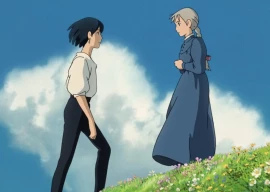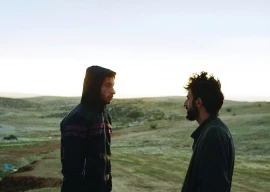
From Volga to Ganga is an anthology of 20 short stories, written by the inveterate traveller Sankrityayan, who became an authority on the culture, language, philosophy and ethos of South Asia towards the mid-20th century. The stories, which cover a period of more than 8,000 years, document the evolution and growth of the region with remarkable coherence and are equally relevant 70 years later.
For those interested in South Asian history, the book has volumes to offer. The dynamics of the relationship between the individual and society, the rise in complexity of man’s emotional and intellectual dimensions as they evolved through history, the amount of learning undertaken and the author’s progressive thoughts will leave you spellbound. If you are a citizen of South Asia, the book will also give you a sense of your roots and improve your understanding of the current socio-political environment in the region.
The edition of the book published by Pilgrim Books, Varanasi, in 2006, also includes a brief biography of Rahul Sankrityayan, written by Prabhakar Machwe. Few may know that one of India’s most venerated scholars, Sankrityayan, did not have a formal education. Instead, he used his extensive travels to study history, culture and philosophy and master 30 languages. Kiernan also mentions Sankrityayan’s reflections on art at one point. According to Machwe, Rahul was against ‘art for art’s sake’. Art, according to him, ought to be purposeful and the purpose should be the uplift of the poor and the downtrodden, towards the creation of an egalitarian society, where each person would have maximum opportunity as well as freedom from want. Sankrityayan, it seems, held his own works to the same high standards since there is not a single pedantic or extraneous passage in the entire book.

From Volga to Ganga is a veritable source of information and inspiration for research scholars, academics and students of South Asian history. For the common reader, it acts as a portal to the subcontinent’s past and provides valuable insight into the socio-political and religious frameworks currently in vogue in South Asia. In either case, it is a resource that should definitely be added to one’s literary collection.
Rakae Rehman Jamil is a musician and a lecturer at the Punjab University College of Art & Design and an adjunct faculty member at LUMS. He tweets @rakspaks
Published in The Express Tribune, Sunday Magazine, September 14th, 2014.






1726054615-0/OpenAI-(2)1726054615-0-270x192.webp)











COMMENTS
Comments are moderated and generally will be posted if they are on-topic and not abusive.
For more information, please see our Comments FAQ